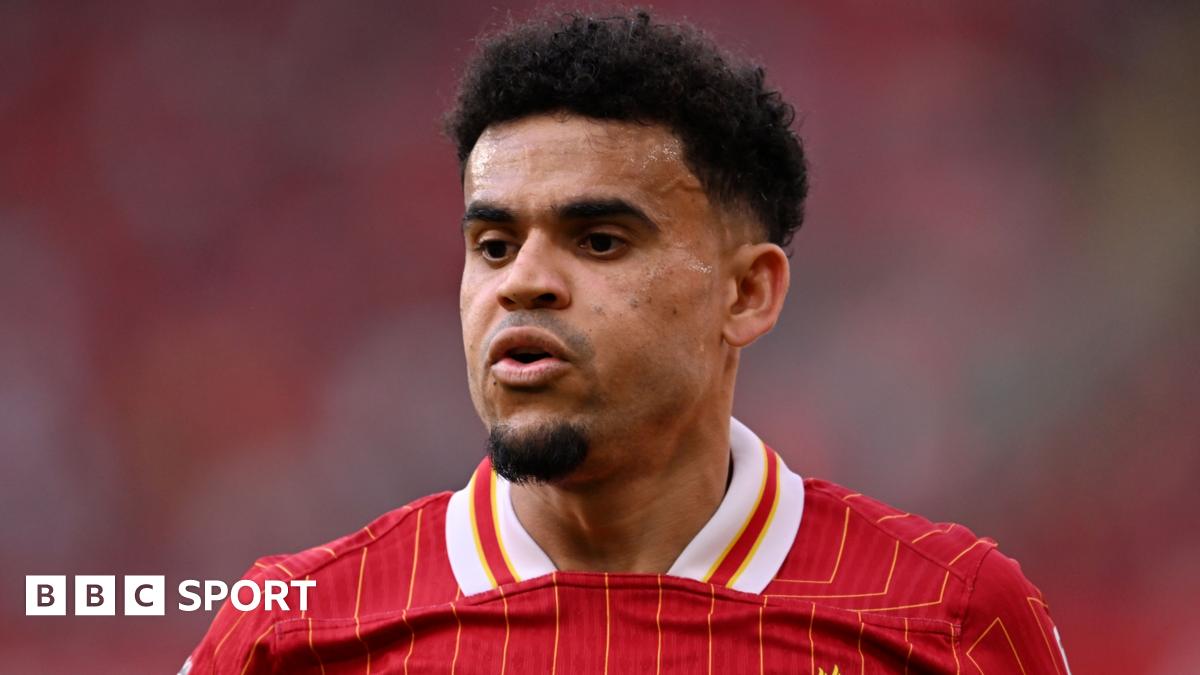
Luis Diaz's omission from Liverpool's friendly against AC Milan, attributed to transfer speculation, signals more than just a potential change in personnel. It hints at a possible strategic recalibration under Arne Slot, particularly concerning the age profile of Liverpool's attacking options and the formation implications it brings. Is Liverpool on the verge of ushering in a new era, prioritizing youth and future potential over established stars?
The rejected £58m bid from Bayern Munich, coupled with Liverpool's acquisition of Florian Wirtz (£116m) and Hugo Ekitike, suggests a proactive approach to reshaping the forward line. Diaz, while an integral part of the 2024-25 Premier League-winning squad, is approaching his peak. Wirtz, on the other hand, represents a long-term investment, a potential cornerstone of Liverpool's attack for the next decade. His deployment in a false nine role against Milan, albeit unusual, showcases his adaptability and Slot's willingness to experiment with tactical formations.
Historically, clubs that have enjoyed sustained success have often made difficult decisions to rejuvenate their squads, preempting decline and maintaining a competitive edge. Consider Barcelona's transition under Pep Guardiola in 2008, when established stars like Ronaldinho and Deco were moved on to make way for a younger generation spearheaded by Lionel Messi. While Diaz's situation isn't directly comparable, the underlying principle remains the same: strategic foresight is crucial for long-term dominance.
The arrival of Wirtz and Ekitike, along with the pursuit of Alexander Isak, presents Slot with a range of tactical options. Wirtz's versatility allows him to operate as an attacking midfielder or a narrow left-sided forward, providing flexibility in Liverpool's formation. The potential addition of Isak would offer a different profile upfront, potentially shifting Liverpool away from the reliance on a traditional winger like Diaz. The data suggests a move towards a more fluid, interchanging attacking system.
Furthermore, the defensive vulnerabilities exposed in the friendly against Milan underscore the need for tactical adjustments. With Joe Gomez's injury and Jarell Quansah's departure, Liverpool's defensive depth is being tested. Slot's experimentation with Ryan Gravenberch and Andrew Robertson as center-backs highlights the ongoing search for solutions. This defensive instability could further influence the decision-making regarding Diaz's future, as funds generated from his sale could be reinvested in strengthening the backline.
Looking at past transfer dealings, Liverpool have shown a willingness to sell players at opportune moments to maximize their value and facilitate squad regeneration. The sale of Philippe Coutinho to Barcelona in 2018 is a prime example. While initially controversial, the funds generated from that transfer were instrumental in acquiring Virgil van Dijk and Alisson Becker, transforming Liverpool into a title-winning team. Whether Diaz's potential departure follows a similar trajectory remains to be seen. However, the data indicates a clear shift in Liverpool's strategy, prioritizing youth, tactical flexibility, and long-term sustainability. The coming weeks will reveal whether this translates into a complete overhaul of the attacking line or a more gradual transition, but the initial signs point towards a Liverpool team built for the future.
0 comments:
Post a Comment